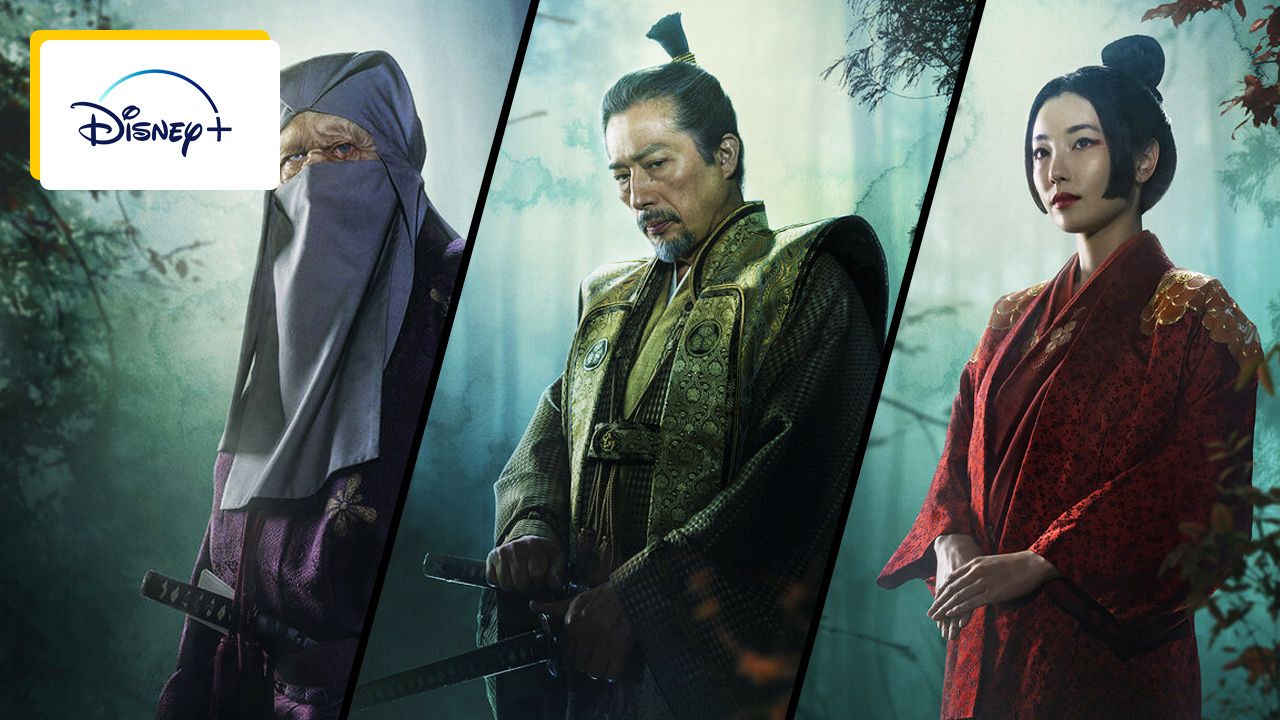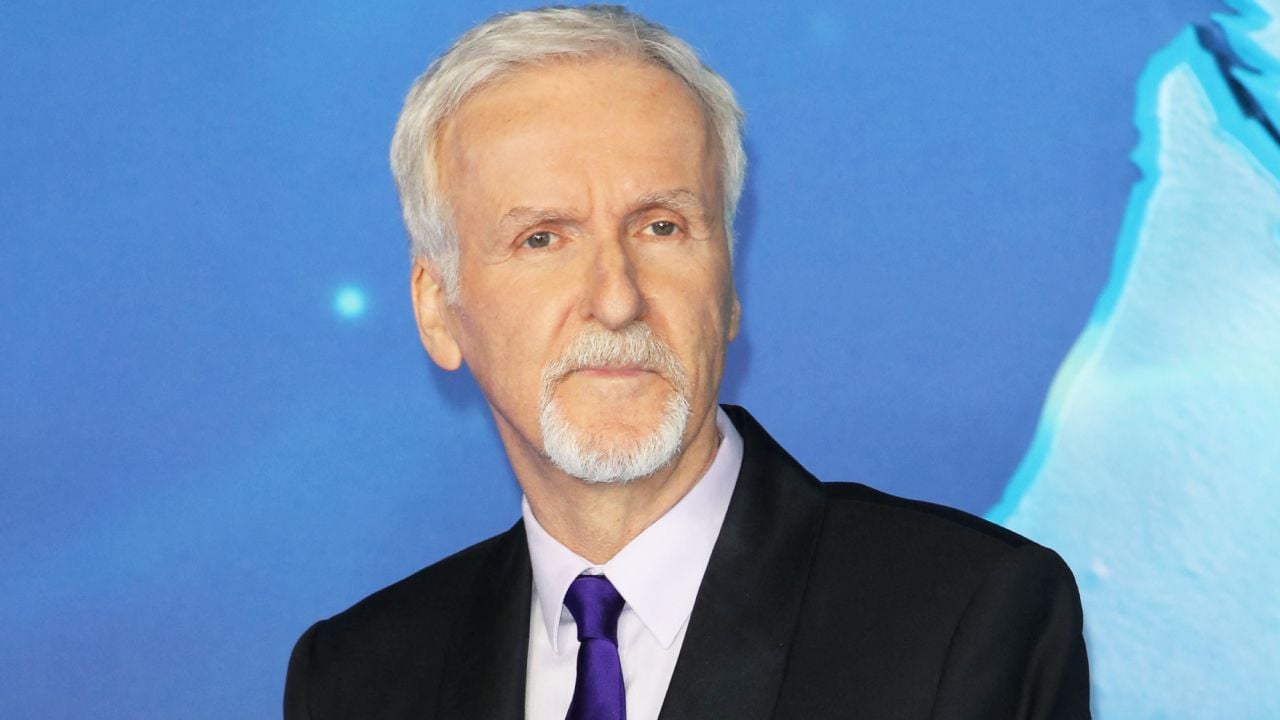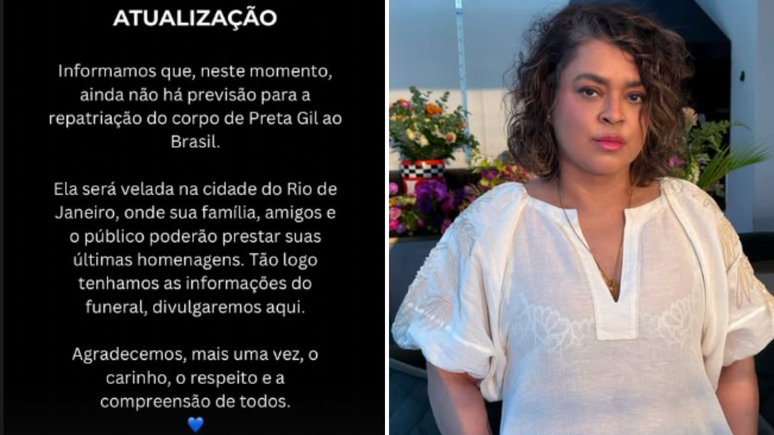The most expensive series ever produced by FX has become the US cable channel’s biggest hit. Offered on Disney+ in France from February 27th, Shogun is a new adaptation of James Clavel’s famous bestselling novel, following the first mini-series in 1980.
Set in the 1600s of the Sengoku period, Shogun depicts the war between several rival clans, but also the relationship between one of the Lords of the time, Yoshi Toranaga (Hiroyuki Sanada), and British sailor John Blackthorne (Cosmo Jarvis).
A fascinating history of an era little known to the Western public, the series is also a visual marvel, especially thanks to the meticulous work of costume reconstruction.
AlloCiné also had the opportunity to speak with the program’s costume designer, Carlos Rosario, to talk behind the scenes of this ambitious historical production!
AlloCiné: What did you know about this series? Have you read the novel or seen the first adaptation from 1980?
Carlos Rosario (Costume Designer): I was very young when the 1980 series came out, but I still remember some of the images. However, when I was hired to do the Shogun costumes, I decided not to have all these references in mind, whether it was the James Clavell book or the first series, or Japanese films in general.
It was very important for me to create the costumes in a very neutral way and to work from a completely blank page. It seems to me that this was the best way to proceed.
We can no longer work like we did in the 80s, the aesthetics have changed a lot since then, as have the expectations of society. Therefore, it was for this reason that I wanted to make a fresh start and not have any references that could influence my work in one way or another.
This new adaptation aims to be closer to the historical facts, while the first series somewhat popularized Japanese culture to make it known to the general American public. Was that the main purpose of your costumes?
Yes, of course! Moreover, during my first discussion with showrunner Justin Marks, he shared his desire to make an authentic series. Which is not to say that the result won’t be visually beautiful, as the Sengoku period is only represented by a few museum pieces that inspired me and, in particular, a few paintings.
In my eyes, the Japanese films that take place during this time are a form of interpretation of this historical era. It was for this reason that I wanted to return, that is, the paintings. Historians helped me interpret these works, because each detail has its own meaning, and it was from this work that I was able to imagine the most realistic result possible.
I would like to add that as a costume designer, the intention is not to make a documentary, but to serve the characters. That’s why we have to take into account the emotional journey of the characters, tell the beginning, middle and end through the costumes. This is especially true of Mariko and her evolution, which is told through her costumes. So that was the whole basis of my work on the series.
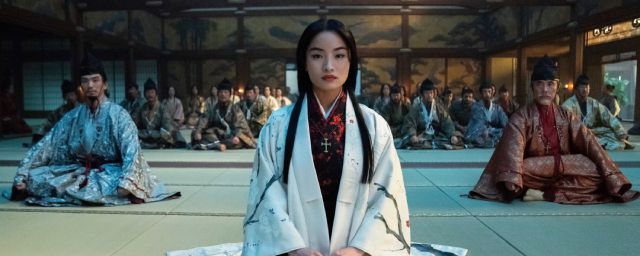
Costumes play a special role, especially in the personality of the characters. We learn a lot about each person just by how they look and dress.
This is a compliment that means a lot to me. Indeed, more than others in this series, I was impressed that the costumes allowed me to understand who the characters were. That’s why I was supported in my work by showrunners, directors and even the studio.
I had a very large team at my disposal, almost 125 people in Vancouver and almost 500 people divided into five teams around the world just for costume design. We’ve done absolutely everything from armor to even the smallest kimono that appears in the series. It was essential to relate to the time described, but also to put myself at the service of these characters.
We have to respect the social classes, but also the fact that these characters develop and travel. The action of the series does not sit still, and the costumes must be adapted to each event. We could not draw from the wardrobe like other series. We had to design costumes for each episode and so each episode was a new challenge and required special work.
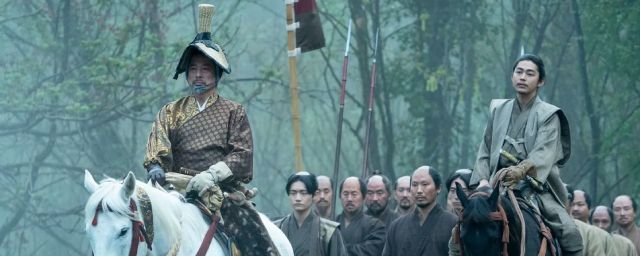
The main actor of the series, Hiroyuki Sanada, who is also credited as a producer, exercised very strict control over the smallest details on the set. How did you collaborate with him?
For my part, I mostly interacted with historians who helped me do my research and find my sources of inspiration. Hiroyuki Sanada was mainly involved in dressing the actors because it is a very specific job.
He mainly focused on making sure the actors were properly dressed for the type of scene we were shooting. But I was brought to the set by authentic experts who ensured that the costumes respected Japanese traditions. Accordingly, Horyuki was not involved in designing the costumes, but instead respected the circumstances and context of each scene.
How did you manage to find the right balance between the visual and authentic aspect of the costumes, but also the practical aspect, especially for the fight scenes?
We wanted to achieve the most authentic result possible. But it is true that we had to make some adjustments. For example, in Japan it was common to ride a tabis (Some really baggy canvas pants, editor’s note) including in winter.
We shot the series in Canada for sixteen months, with very harsh winters, snow and rain (laughs), so we had to adjust, especially for the extras. It was common for women at that time to wear several layers of clothing under the kimono.
I noticed that the older actors insisted on following the custom and therefore wearing quite heavy clothes, while the younger actors asked for fewer layers of clothing. It was really a challenge to find a balance between the comfort and authenticity of the costumes.
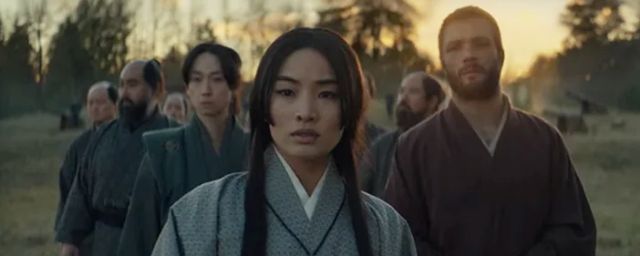
The most important work was related to armor. I chose to make them out of leather rather than metal because I knew the costumes would be lighter that way. Furthermore, Hiroyuki Sanada told me that in his entire career, he had never worn such light armor. He was actually very surprised by this during the fittings.
That was the best compliment anyone could give me. Thanks to this, the actors and stuntmen were able to shoot the action sequences in the best conditions. Because it seems to me that Hiroyuki Sanada’s armor alone had 30 to 40 different pieces. Therefore, it is a very important weight.
I also thought the leather would represent the era better. It’s a material that ages faster, so it helped me more easily give the costumes and armor a worn look.
In Japanese films you often have a more metallic and shiny look and that was not the result I wanted to achieve. It seemed to me that this era was much more organic, in touch with nature, and therefore the costumes have a lot of texture.
Episodes of Shogun can be seen every Tuesday exclusively on Disney+.
Discover the list of series currently available on the platform!
Source: Allocine
Rose James is a Gossipify movie and series reviewer known for her in-depth analysis and unique perspective on the latest releases. With a background in film studies, she provides engaging and informative reviews, and keeps readers up to date with industry trends and emerging talents.

